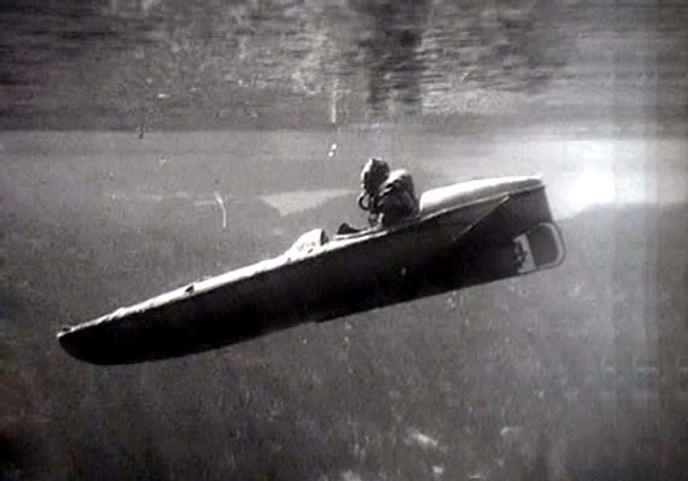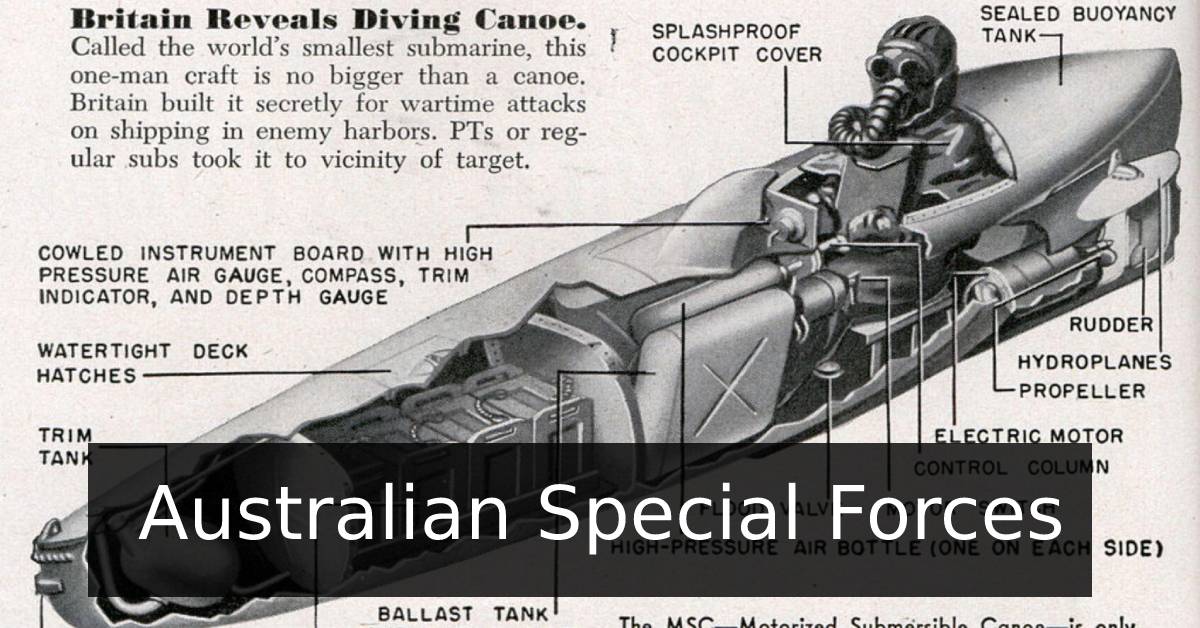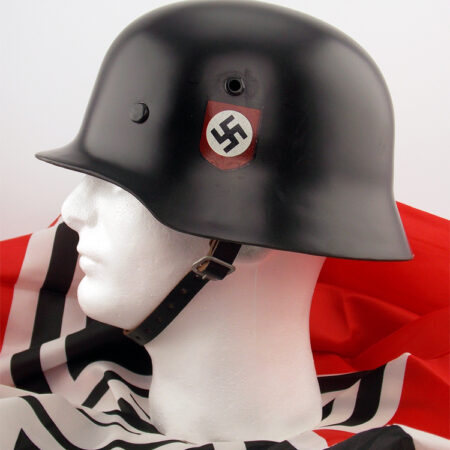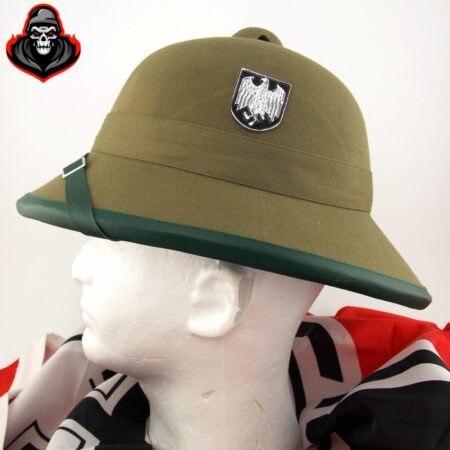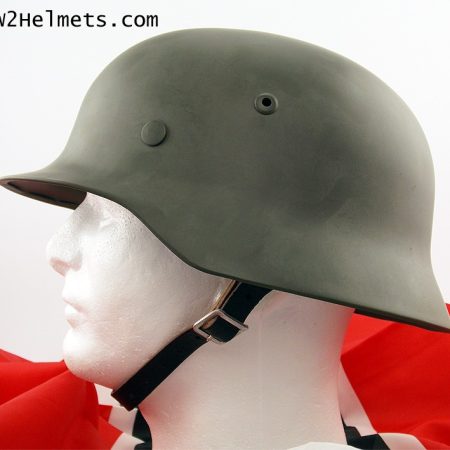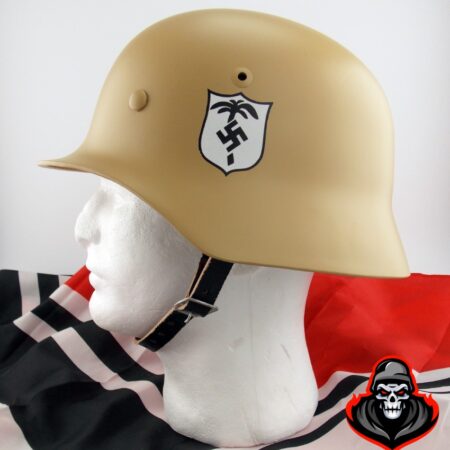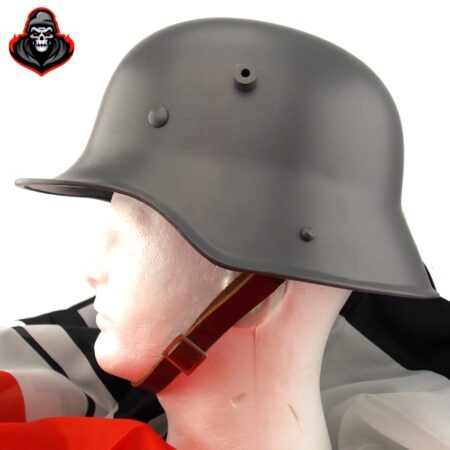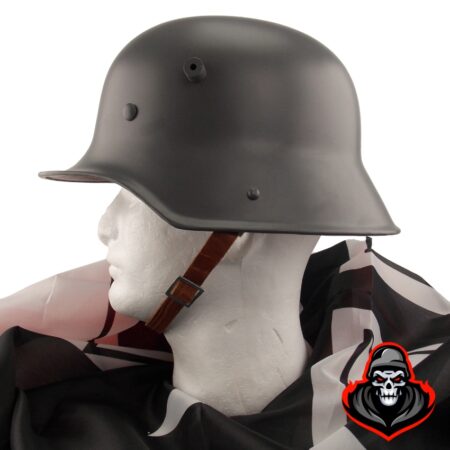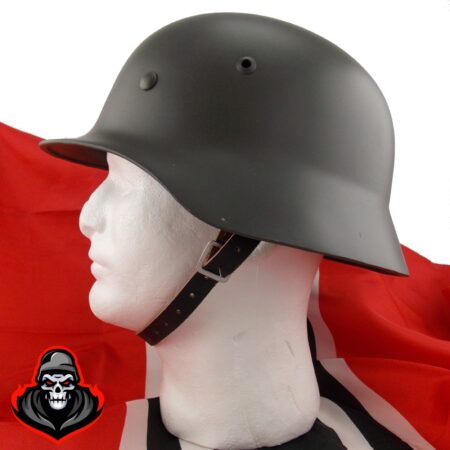Z Special Unit and Allied Assaults on Singapore during the Second World War: Operation Jaywick (September 26th, 1943) and Operation Rimau (October 10 – 16th, 1944)
The Pacific War which occurred from 1941 to 1945 was a war unlike any other before it. Wars are generally fought across large expanses of land with the explicit goal of occupying that same land and hopefully annexing some of it when the fighting is over and the peace terms are agreed. But the war in the Pacific between Japan and the Allies was fought across huge expanses of water with just small islands in between acting as the isolated centers of combat. In such a scenario special operations had to be carried out in their own unique way, and few were as original as the two operations carried out by Z Special Unit against Japanese-occupied Singapore in 1943 and 1944, Operation Jaywick and Operation Rimau.
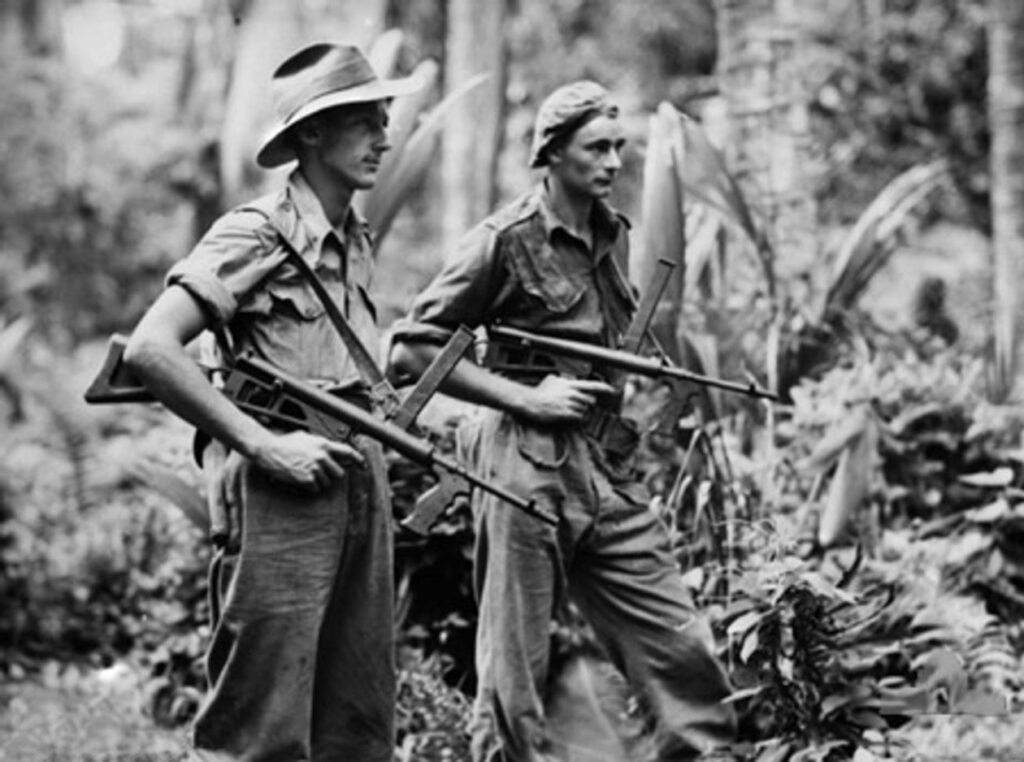
Z Special Unit, or Z Force, as it has sometimes been called, was a joint Allied special forces unit which was formed in 1942 by the special operations units of the Allied countries operating in the South Pacific theatre, these being Britain, Australia, New Zealand and the Netherlands, the latter controlling most of modern-day Indonesia as what was termed the Dutch East Indies at the time. A senior member of Z Special Unit was Captain Ivan Lyon, a British intelligence agent who had fought at the Battle of Singapore in February 1942, and it was he who would lead the drive for the unit to undertake covert attacks on the Japanese position in Singapore in 1943 and 1944. This would lead directly to Operation Jaywick and Operation Rimau.
The first was Jaywick, which was scheduled for the autumn of 1943. The plan was highly unorthodox. Lyon would lead a team of 13 other commandos from Z Special Unit from Australia all the way north to Singapore where they would then sneak into the harbor and blow up as much Japanese shipping as possible. With this borderline kamikaze plan in place, and with some limited training undertaken in Australia, the mission departed on the 2nd of September 1943. They headed north on board a ship disguised as a Malay fishing vessel, the unit consisting of three British commandos and eleven Australians. Three weeks later they were within close proximity to ‘the Gibraltar of the East’, as Singapore was referred to at the time. At this point three two-man collapsible canoes known as folboats which they had brought with them were lowered into the water. Six of the commandos boarded these and paddled the remaining 50 kilometers to Singapore. They reached the port on the 26th of September, entering it under nightfall and placing limpet or magnetic mines on the sides of several ships in the harbor. Eventually when these detonated some time later six Japanese ships accounting for 39,000 tones of shipping was sunk. Then, rather incredibly, the six men led by Lyon managed to sneak back out of Singapore Harbor and rejoined the bulk of Z Unit a week later. From there they sailed back south to Australia having undertaken a highly audacious raid completely undetected.
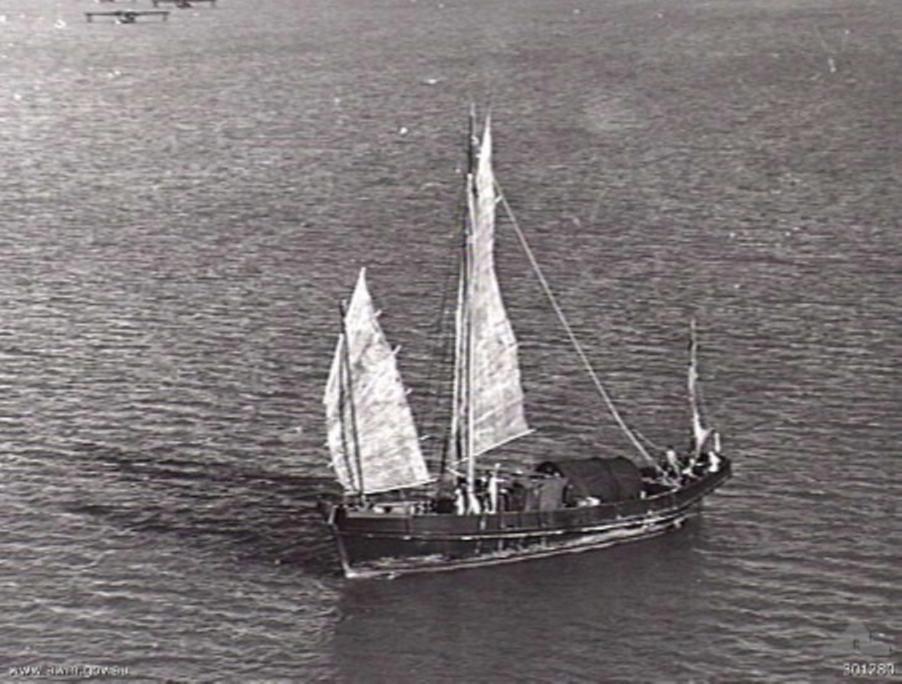
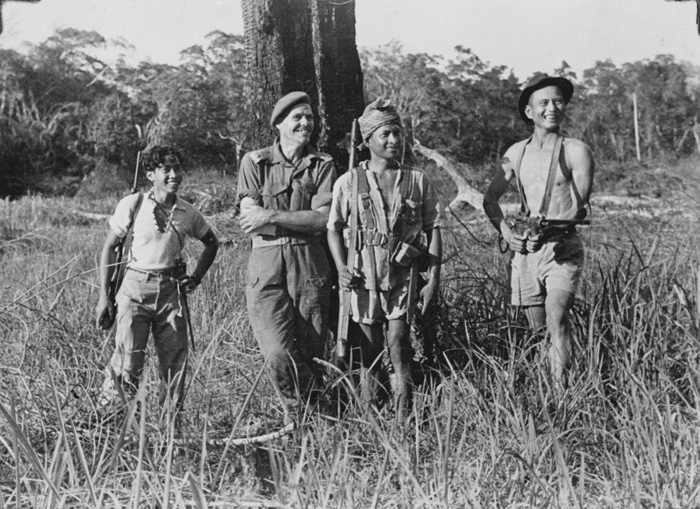
Yet the ostensible success of Operation Jaywick would prove costly in the long run. Firstly, the fact that Lyon and his fellow commandos in Z Special Unit had managed to achieve success without being detected at all created problems. The Japanese were completely befuddled by what had happened and assumed that the attack had been perpetrated by local Chinese and Malay resistance fighters. As a result in the days and weeks that followed many of these, along with numerous European prisoners of war, were questioned, tortured and executed by the Japanese. Such was the severity of the Japanese reprisals that some historians have since questioned whether the operation was worth it, as it inflicted minimal strategic damage on the Japanese.
However, perhaps the manner in which Jaywick proved costliest was in that its apparent success encouraged Lyon and his fellow commandos in Z Special Unit to attempt a similar mission again in 1944, but on an even larger scale. Operation Rimau, so named after the Malay word for ‘tiger’, an animal which Lyon had tattooed across his chest, was planned for October 1944, just over a year after Jaywick. The plan on this second occasion was for 23 commandos to travel north through Indonesia again and infiltrate Singapore using what were termed ‘Sleeping Beauties’, one-manned submersible canoes, where the passenger could actually go underwater if needs be with a breathing apparatus. Once in Singapore Harbour the commandos would attach mines to approximately 60 ships with the aim of damaging or sinking this enormous number of boats, before making their escape.
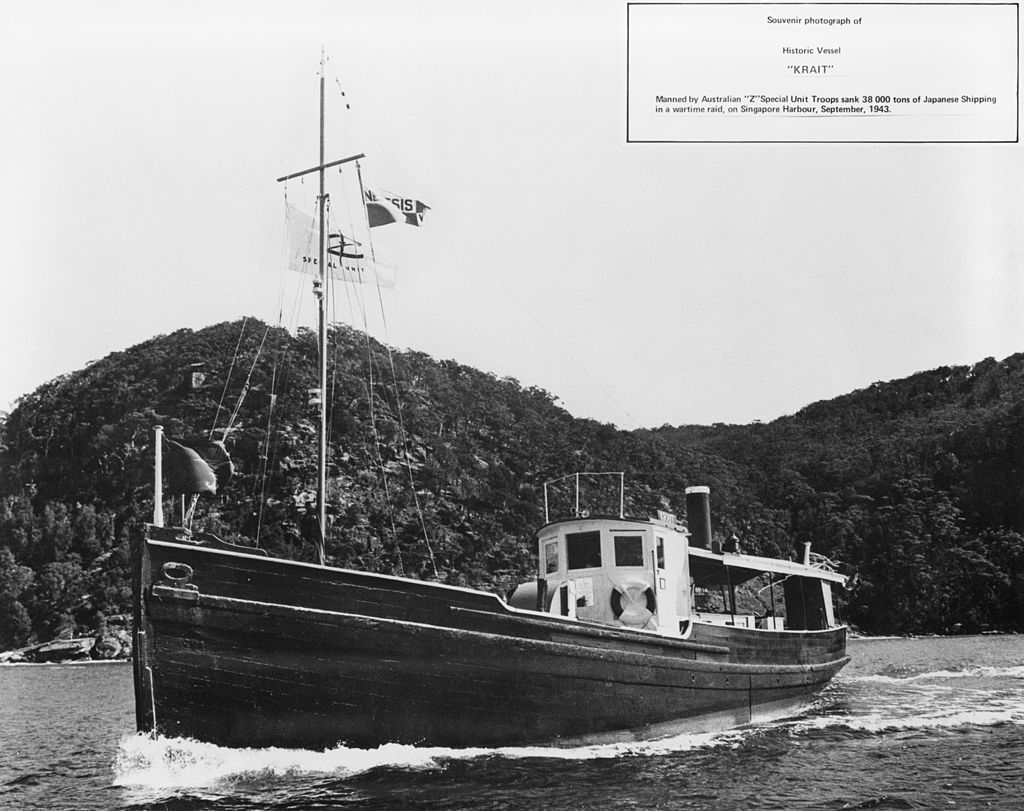
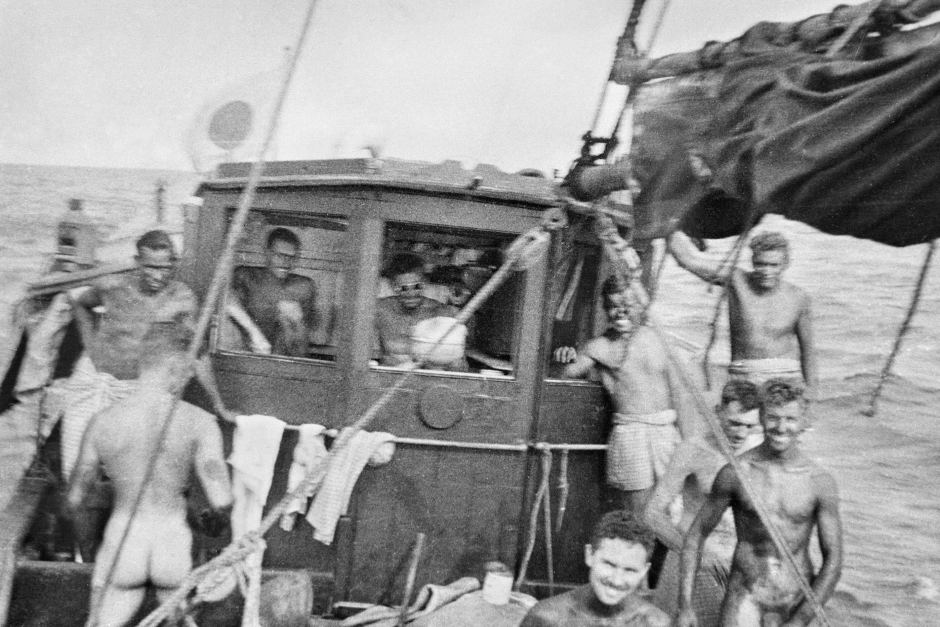
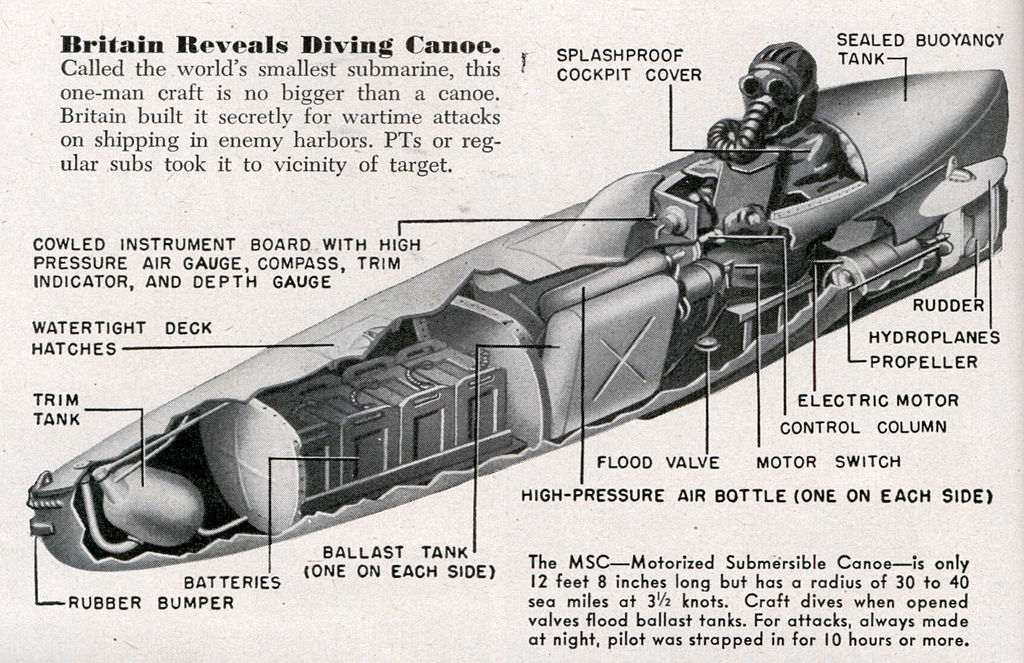
But unlike with Operation Jaywick the previous year, Operation Rimau did not go according to plan. The nearly two dozen members of Z Special Unit proceeded north towards Singapore on a Chinese Junk ship in early October 1944, but they were recognized and intercepted by a Malay ship just short of Singapore itself. Most of Z Unit were sent back south, but Lyon and a handful of his commandos continued with the covert attack on Singapore. They managed to sink three ships in the harbor, after which they were pursued. Lyon lost his life on the 16th of October while fighting a rear-guard action to slow the pursuing Japanese.
Lyon was just the first of the commandos who participated in Rimau to die on the mission. What followed was a four month long island-hopping mission as the commandos attempted to head south through the South Pacific while being chased by Japanese forces. Despite an attempted rescue mission by the Allied High Command, twelve of the commandos in all were killed in the South Pacific and Java Sea. The other eleven members of Z Special Unit were captured, meaning that none made it back to Australia safely. The eleven were detained at Outram Road Prison in Singapore, where one died of malaria shortly afterwards. The remaining ten were charged with perfidy and espionage and put on trial on the 3rd of July 1945, after which they were found guilty following a peremptory hearing. They were all executed by beheading on the 7th of July, just one month before the first atomic bomb was dropped by the United States on the city of Hiroshima. Thus, some members of Z Special Unit came close to surviving what was the ultimately fatal attack on Singapore during Operation Rimau.
